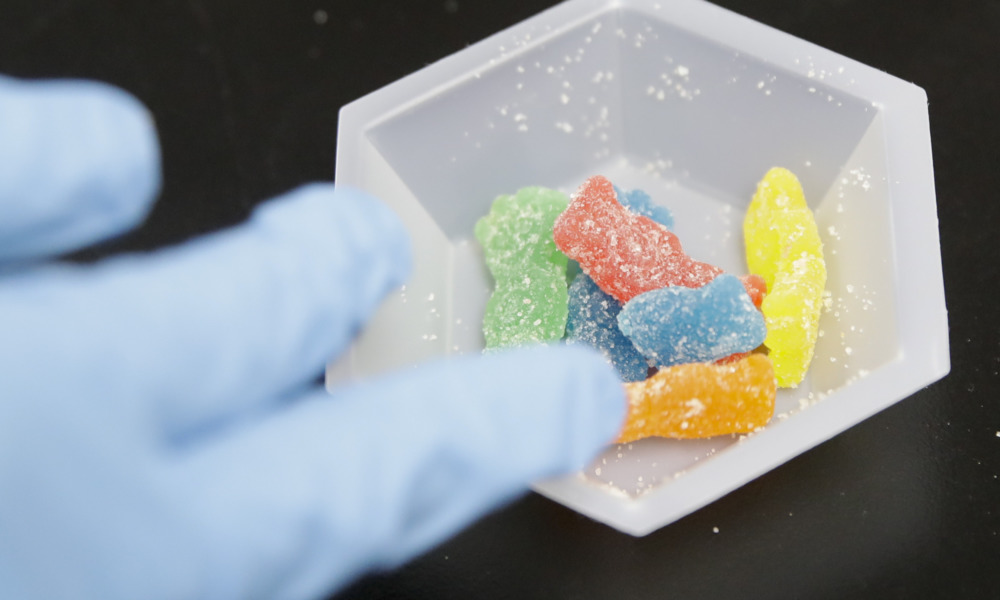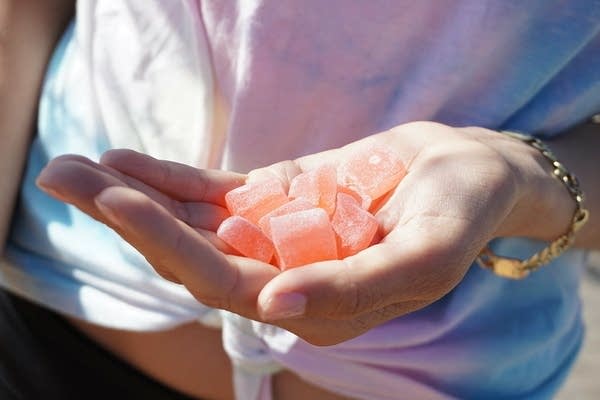What are THC edibles, and how do they differ from other edibles?

THC edibles have become a topic of growing interest as more people seek to understand different consumption methods When someone eats a THC edible, it takes a different path through the body compared to smoking. The digestive system processes the edible, and the liver converts THC into a stronger form before it enters the bloodstream. This process typically takes 30 minutes to 2 hours, which explains why the effects take longer to feel compared to other methods.
Key differences from other edibles
THC edibles differ from other types of edibles in several important ways. CBD edibles, for instance, don’t have any psychoactive effects and are often used for relaxation. Hemp-based edibles contain very little to no THC and focus on providing nutritional benefits instead. The main difference lies in the active compounds and their effects on the body.
Duration and intensity of effects
One notable aspect of THC edibles is their longer-lasting effects. While smoking might last 2-3 hours, edible effects can last 6-8 hours or more. The intensity can also be stronger because of how the liver processes THC. This means users need to be more careful with dosing compared to other consumption methods.
Important safety considerations
Safety is crucial when it comes to THC edibles. The delayed onset of effects sometimes leads people to take more before the first dose kicks in, which can result in overwhelming effects. It’s essential to start with a very small amount and wait several hours before considering taking more. Keep all edibles stored safely away from children and pets.
Role of digestion
Digestion plays a big part in how thc edibles someone. Eating them on an empty stomach versus a full stomach can change how quickly and strongly the effects come on. Other foods eaten around the same time can also impact absorption. This is different from other types of edibles that might not depend so heavily on digestive factors.
Regulation aspects
THC edibles face strict regulations in places where they are legal. These rules cover things like packaging, labelling, and testing requirements. This differs from other food products or dietary supplements, which might have less strict oversight. It’s important to only obtain THC edibles through legal channels where proper testing and labelling are required.
Dosage and potency

THC edibles need careful attention to dosage. Unlike other edibles, where you might eat as much as you want, THC edible portions matter a lot. Many products come with recommended serving sizes and clear THC content labels.
Storage and shelf life
THC edibles require specific storage conditions to maintain their potency and safety. They often need to be kept in cool, dark places and away from air and moisture. This might be different from regular snacks or other edibles that have simpler storage needs. Proper storage helps maintain the product’s intended effects and prevents spoilage.
Making informed choices
When considering THC edibles, it’s important to understand what you’re consuming. Look for clear labelling of THC content, ingredients, and manufacturing date. This differs from other edibles, where you might only check calories or nutrition facts.
Whether someone is curious about THC edibles or comparing different options, knowing the basics about how they work, their effects and safety considerations is essential. THC edibles should consult appropriate medical professionals and follow local laws and regulations. The information provided here helps build understanding without promoting use or ignoring important safety considerations.
